Rohan Shivkumar
Cinematographer-filmmaker Avijit Mukul Kishore’s six-year-old documentary captures the idea of Chandigarh, a physical manifestation of India’s tryst with modernity nostalgia for the future Increases Jawaharlal Nehru’s progressive approach towards nation building. On the city’s architecture, the first Prime Minister of independent India is quoted as saying, “I don’t like every building in Chandigarh. I like some very much. I love the general concept of the township, but what I love most is its creative approach – not being tied to what our forefathers and the likes have done, but thinking in new terms.
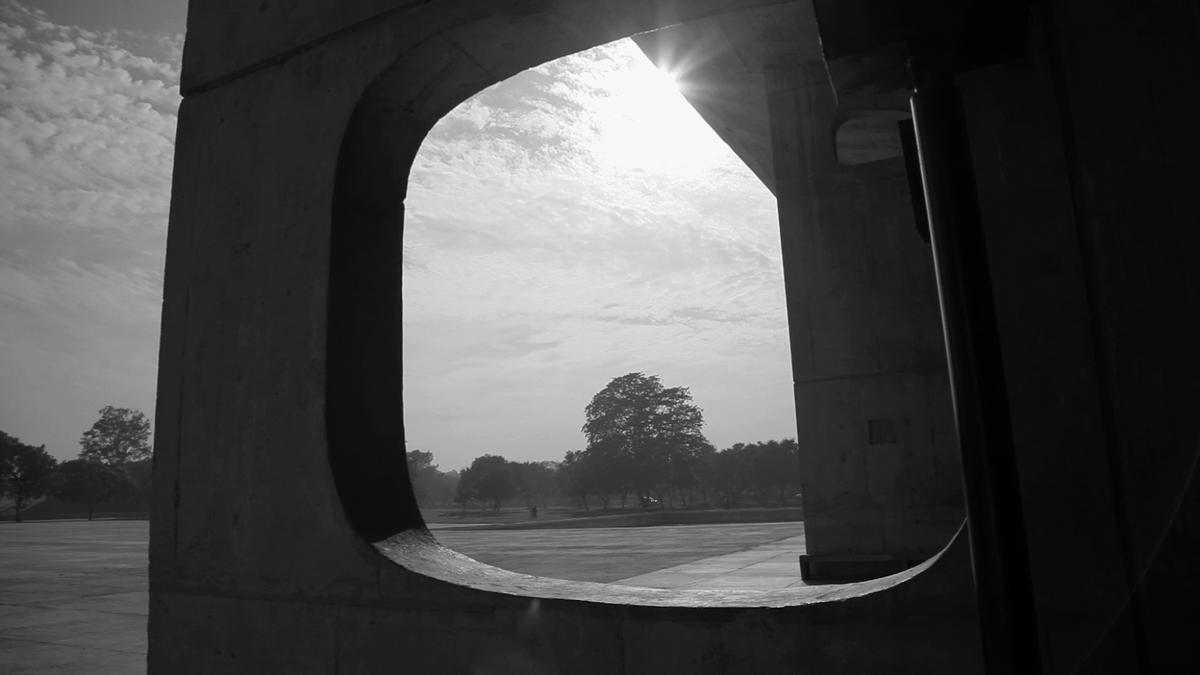
a scene from the movie
Nehru’s vision for the country’s first planned city makes a compelling case for modernity in the documentary, which explores the nuanced, layered and multi-faceted essence of Indian modernity through the prism of architecture and the home – Lakshmi Vilas Palace in Baroda, the Sabarmati Ashram and the Shodhan Villa in Ahmedabad to the refugee colonies in New Delhi – over a period of a century. “Corbusier represented an aspect in which Indian modernity was shaping itself. It was not alone. It was important to us. were creating an idea that was not akin to Nehruvian. We wanted to see Indian modernity as fragmented and multi-layered,” says its director Avijit and architect-academic Rohan Shivakumar.
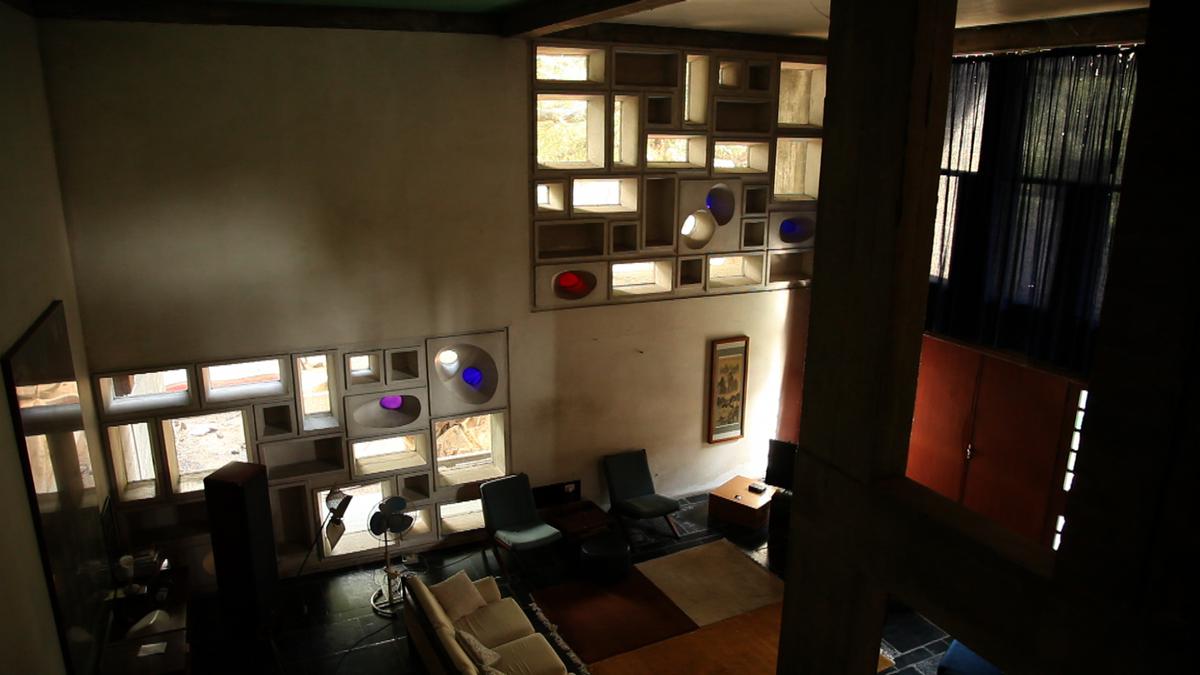
a scene from the movie
Both believe that as citizens of 21st century India, we live in the future that was envisioned in the post-independence project of nation building. “From this place in history, we are nostalgic about the ideals of nationalism and citizen-building in a modern, inclusive, liberal and progressive nation. The title is therefore an oxymoron,” he says. Produced by Films Division, its Hindi subtitled waiting for tomorrow Seen by Avijit as an allegorical title for the type of promotional films of the Division, such as Towards a better future, your ideal home And good citizen, “Another oxymoron is the Hindi word kaal, which refers to both the past and yesterday. So, is this the future we are moving towards, or does that future involve a romantic idea of a glorious past,” He questions.
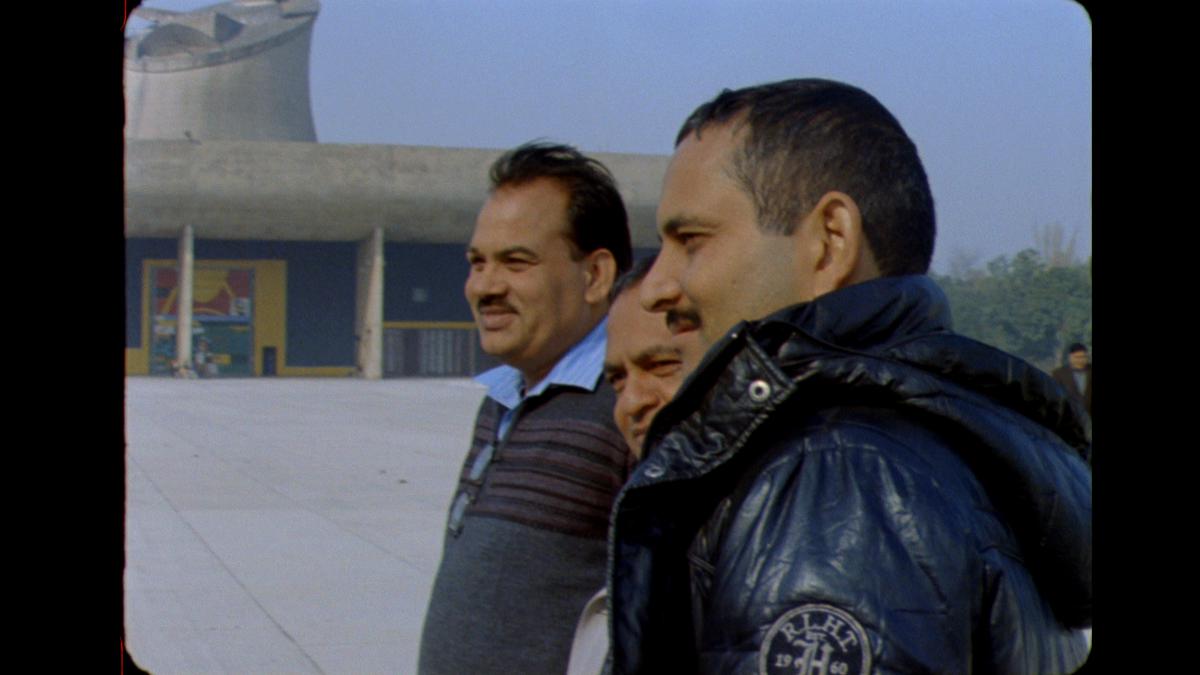
a scene from the movie
The documentary constantly shuttles between past and present, delving deeper into the contextual meaning of modernity through historically significant aspects and the people who once lived in them. “We use the term Lakshmi Vilas Palace to refer to Ambedkar’s home – Rajgriha in Mumbai. Ambedkar’s education was sponsored by Sayajirao, the Maharaja of Baroda. The house that Ambedkar built to live in a Hindu colony in Mumbai refuses to have any of the historical and religion-based iconography of its neighbors. Instead, it feels like a colonial bungalow,” explains Avijit. He goes on to say that this denial represents the way in which the dress was used by Ambedkar to reclaim and reconfigure a new identity for the untouchables.
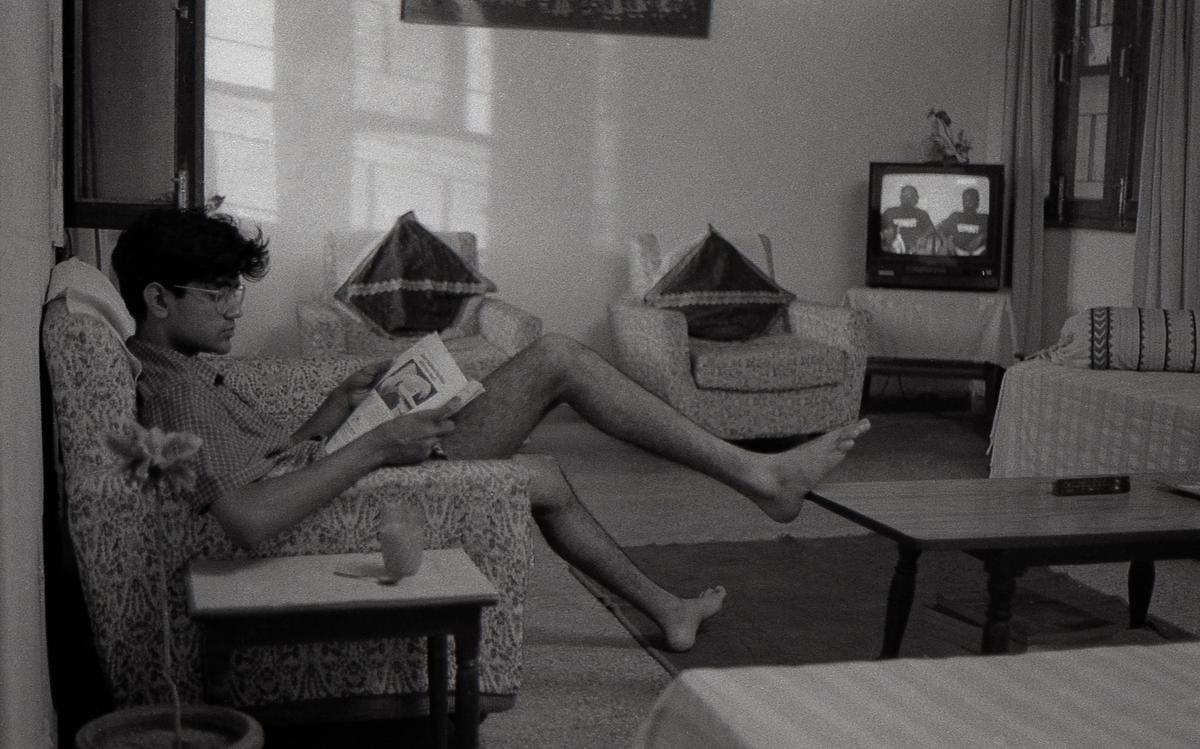
a scene from the movie
In Shodhan Villa, the annex attached to the main building, which houses all the services, is removed from the main part of the building and is connected by a passageway. “Gandhi’s metaphysical imagination of the body refused to address the concrete realities of Dalit existence and trauma, while the Delhi housing projects concreted the diadem of caste and class. This is not unique to these examples. Despite all our claims of development and modernity, we continue to live in cities that are deeply alienated.’
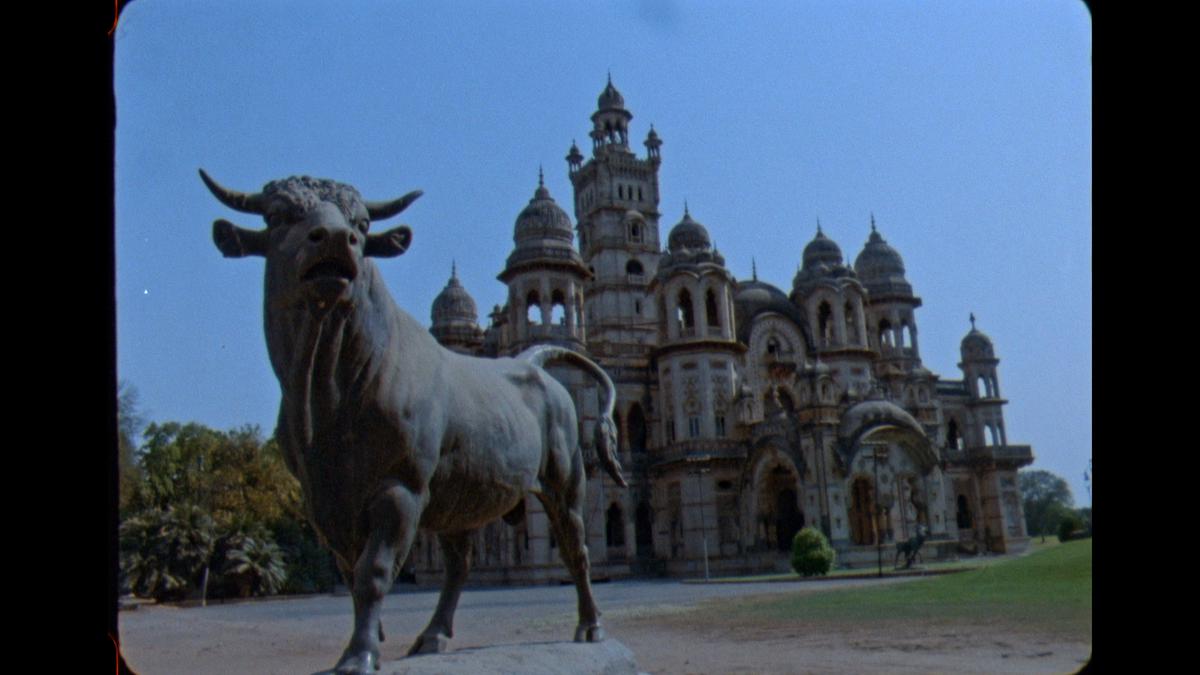
a scene from the movie
The tools of modernity, as also stated in the documentary, have not really emancipated us. They were driven by the western educated and aspirational middle classes, further reinforcing caste and class prejudices, says Avijit. He defines that modernism is a style of the art of architecture and it has no meaning unless it represents the value systems of modernism – the world’s desire for liberty, equality, justice and brotherhood.
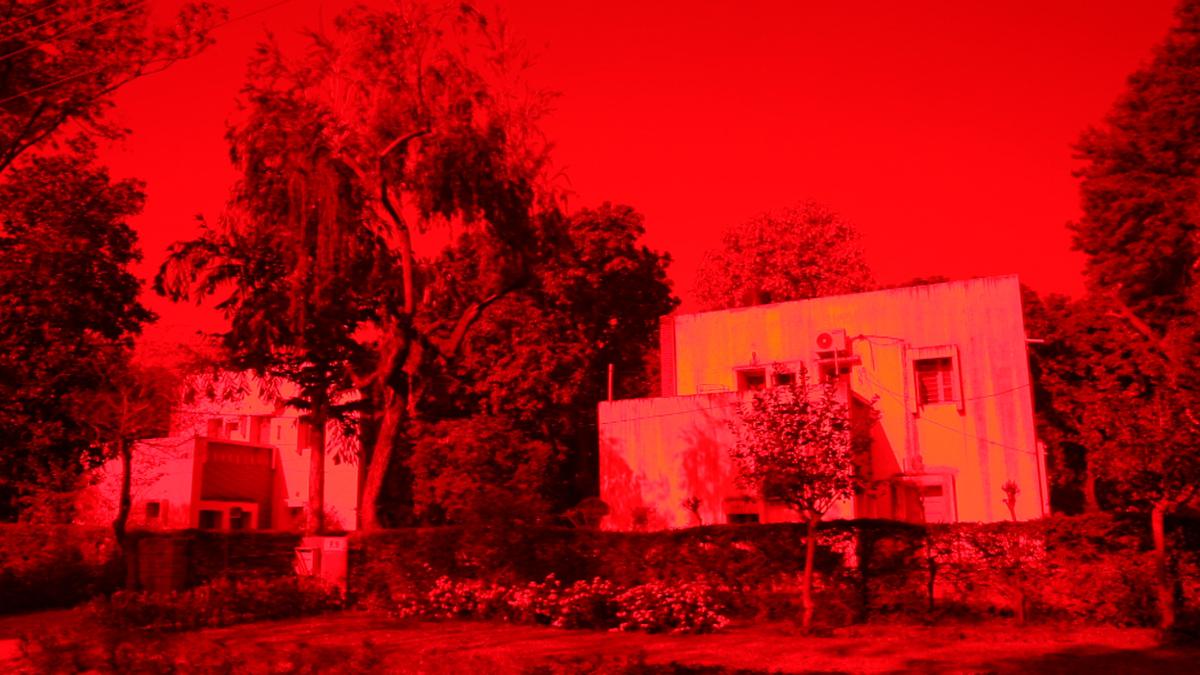
a scene from the movie
“The term nostalgia refers to a longing for home. Film is about homes and uses film and video content to express different registers related to remembering and representing the idea of home. This digital video and film, switches between color and black and white, to evoke and remind of home. The film uses a lot of archival material from the films of the Film Division. The celluloid film material carries the memory of the past. Film bits was shot on a 16mm Bolex camera and the material was made to look like a home-movie that might have been made on those locations, or a documentary on housing made by someone else. The look is memorable but criticized Was about to do it too,” he added.
will present an illustrated lecture on Avijit nostalgia for the future On February 25 from 11.10 am to 12.10 pm in Kasthuri Srinivasan Hall.